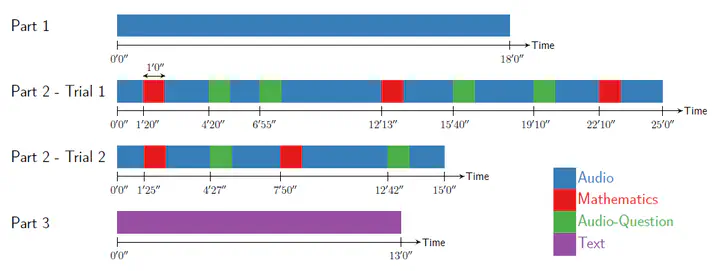‘Are you even listening?’ - EEG-based decoding of absolute auditory attention to natural speech

Abstract
Objective. In this study, we use electroencephalography (EEG) recordings to determine whether a subject is actively listening to a presented speech stimulus. More precisely, we aim to discriminate between an active listening condition, and a distractor condition where subjects focus on an unrelated distractor task while being exposed to a speech stimulus. We refer to this task as absolute auditory attention decoding. Approach. We re-use an existing EEG dataset where the subjects watch a silent movie as a distractor condition, and introduce a new dataset with two distractor conditions (silently reading a text and performing arithmetic exercises). We focus on two EEG features, namely neural envelope tracking (NET) and spectral entropy (SE). Additionally, we investigate whether the detection of such an active listening condition can be combined with a selective auditory attention decoding task, where the goal is to decide to which of multiple competing speakers the subject is attending. The latter is a key task in so-called neuro-steered hearing devices that aim to suppress unattended audio, while preserving the attended speaker. Main results. Contrary to a previous hypothesis of higher SE being related with actively listening rather than passively listening (without any distractors), we find significantly lower SE in the active listening condition compared to the distractor conditions. Nevertheless, the NET is consistently significantly higher when actively listening. Similarly, we show that the accuracy of a selective auditory attention decoding task improves when evaluating the accuracy only on the highest NET segments. However, the reverse is observed when evaluating the accuracy only on the lowest SE segments. Significance. We conclude that the NET is more reliable for decoding absolute auditory attention as it is consistently higher when actively listening, whereas the relation of the SE between actively and passively listening seems to depend on the nature of the distractor.
Type
Publication
Journal of Neural Engineering, vol. 21, no. 3, 036046, 2024